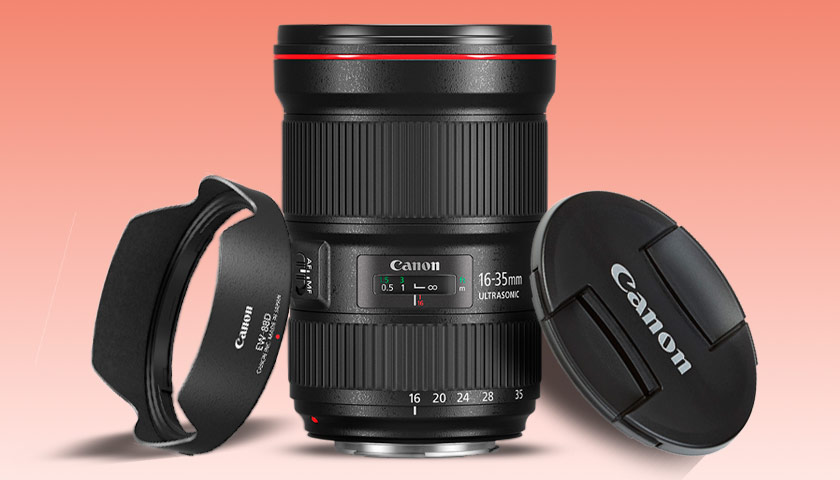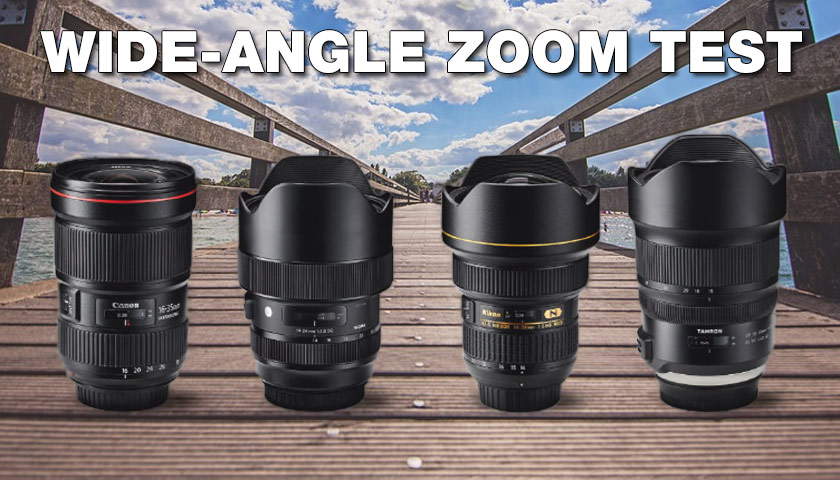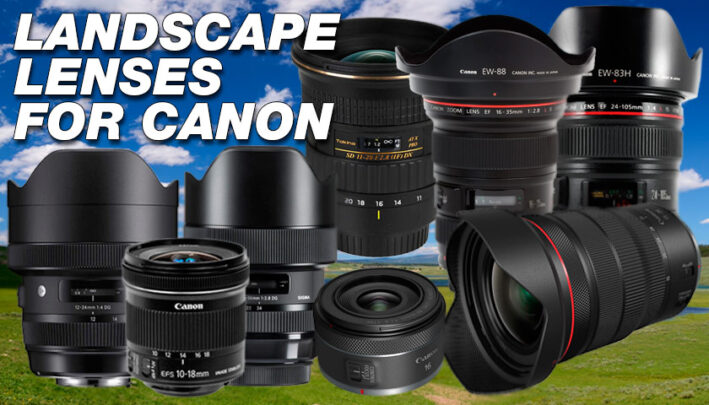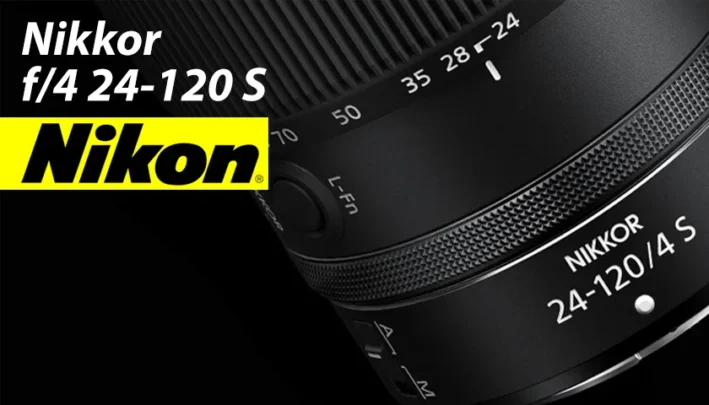Hits: 13
Canon’s classic wide-angle zoom for reflex cameras reaches its third edition
From Canon’s prestigious L-series lineup, this is the first-choice zoom for astrophotography with a DSLR. The maximum viewing angle is less extreme than that of the EF 11-24 mm f/4L USM, but the 16-35 mm is a whole f-stop faster, so has better lightgathering potential. The 14 mm and 15 mm full-frame lenses on test go wider, with viewing angles of 114 or 110 degrees, but the Canon’s 108 degrees is sufficient to capture the Milky Way core.
More than just a tweak of the previous edition, the Mark III represents an extensive revamp. It has a large and complex double-surface GMo (glass moulded) aspherical element at the front, and adds two UD (ultra- low dispersion) elements plus a ground aspherical element at the rear. The hightech coatings get an upgrade as well, featuring both SWC (subwavelength coating) and ASC (air sphere coating) to minimise ghosting and flare. The weather-resistant build, typical of most L-series lenses, is enhanced to include fluorine coatings on the front and rear elements to repel moisture and grease.

A bonus for filter fans is that the Canon is the only lens in the group that doesn’t have a built-in hood, which enables a straightforward attachment thread of 82 mm. Build quality is up to Canon’s usual robust L-series standards, and the ring-type ultrasonic autofocus is quick and quiet, with a smooth action to the zoom and focus rings. Centre sharpness is impressive throughout the zoom range, especially when shooting wide open at f/2.8.
Corner sharpness is better than in the previous edition of the lens, but still lags behind that of the competing Sigma and Tamron lenses on test. There’s very little spherical aberration at f/2.8, but coma and astigmatism can be quite visible near the extreme corners of the frame, where vignetting is also quite heavy.
| PRICE | $ 2,199 / EUR 1,820 |
| WEB | www.canon.co.uk |
| MOUNT OPTIONS | Canon EF |
| ELEMENTS/GROUPS | 16 / 11 |
| DIAPHRAGM | 9 blades |
| FOCUS TYPE | Ultrasonic (Ring) |
| MINIMUM FOCUS DISTANCE | 28 cm |
| MAXIMUM MAGNIFICATION FACTOR | 0,28 x |
| MAXIMUM ANGLE OF VIEW | 108 ° |
| FILTER SIZE | 82 mm |
| HOOD | Bayonet-Fit (EW-88D) |
| DIMENSIONS (⌀ x LENGTH) | 89×128 mm |
| WEIGHT | 790 g |
Here are three more wide-angle zoom lenses that you can use to capture the night sky in all its glory:
Sigma 14-24mm f/2.8 DG HSM | A
Nikon AF-S 14-24mm f/2.8 G ED
Tamron SP 15-30mm f/2.8 Di VC USD




